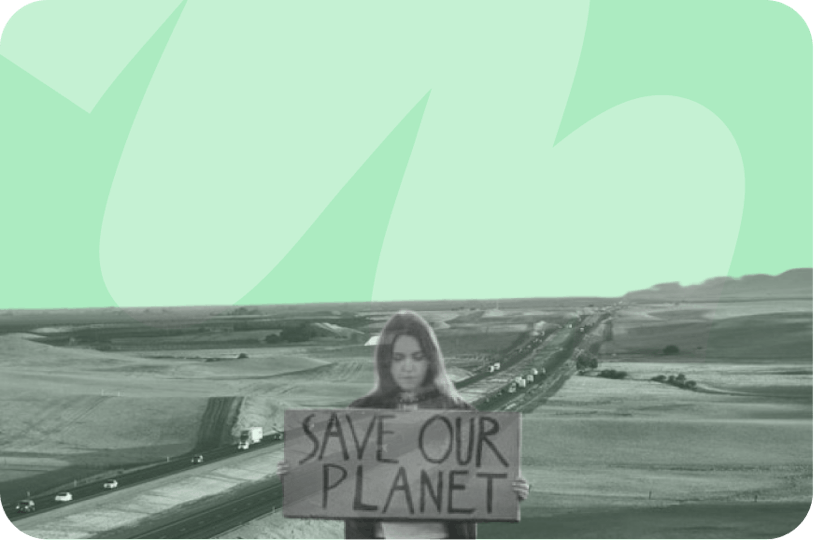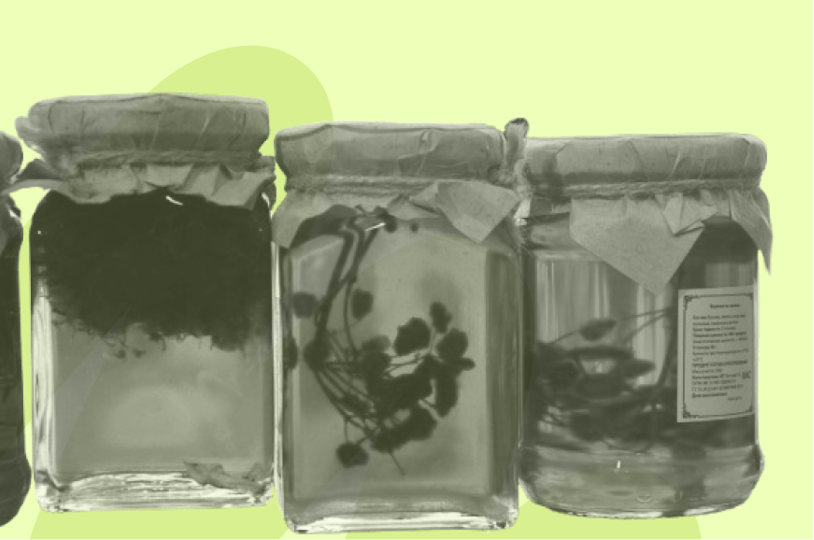Stephanie Safdie, US Copywriter
Stephanie completed a bachelor's degree in English & Multimedia in 2020 at the University of Maryland College Park. She previously worked as a social media content video creator and freelance copywriter. After seeking opportunities to put her various creative passions to good use, she joined Greenly in mid 2022 as SEO copywriter for the U.S. blog to provide her American perspective on the climate change issues we face today.
Certifications









